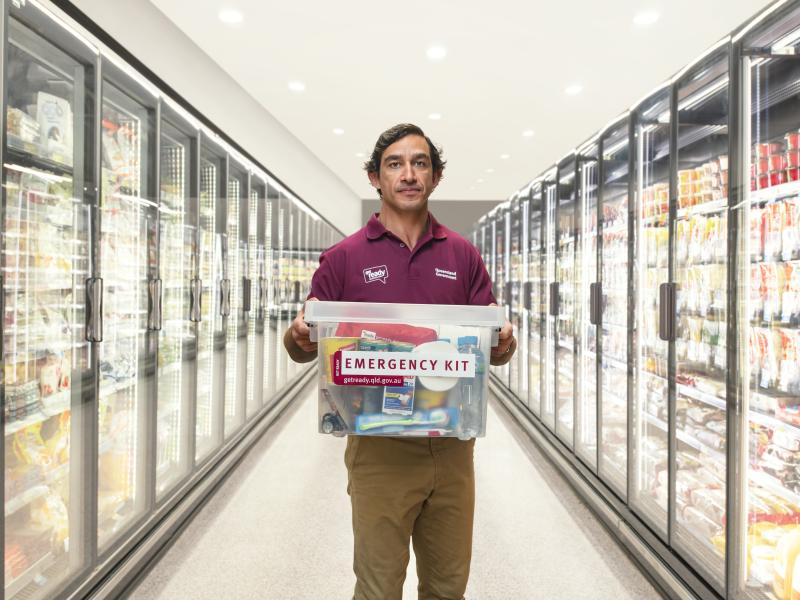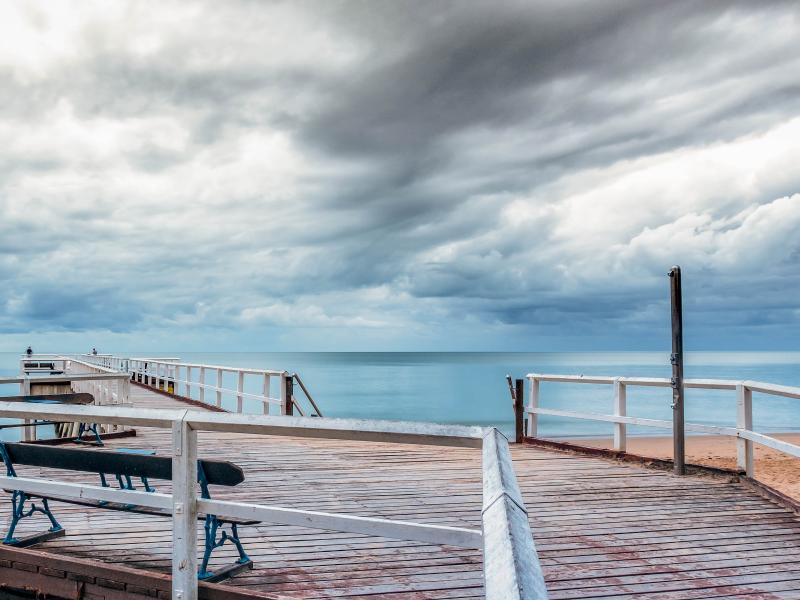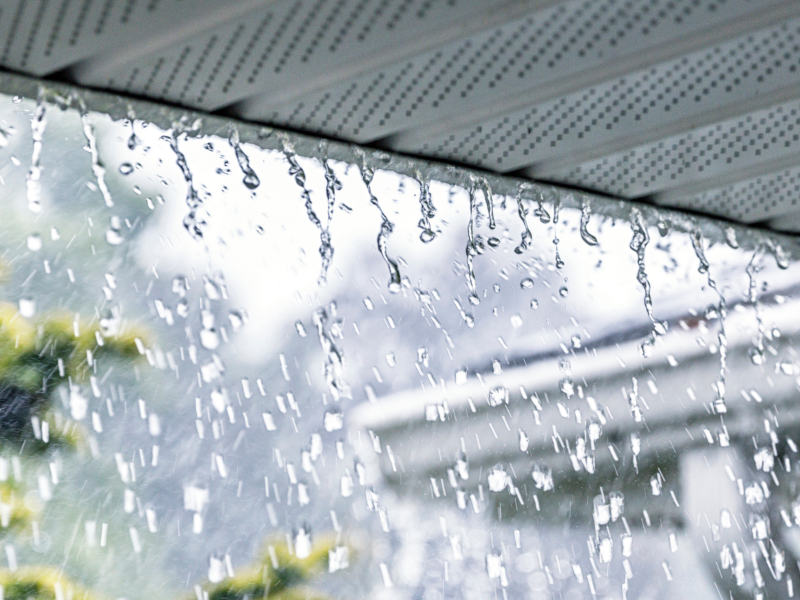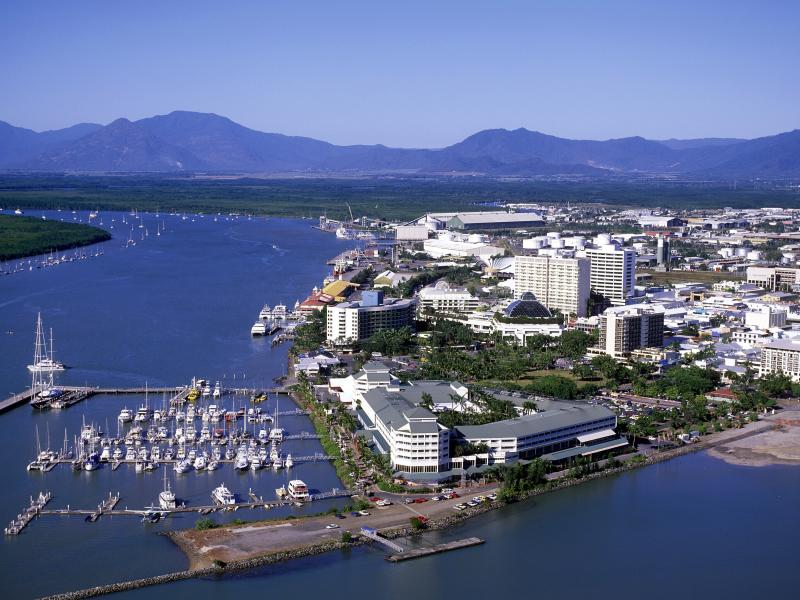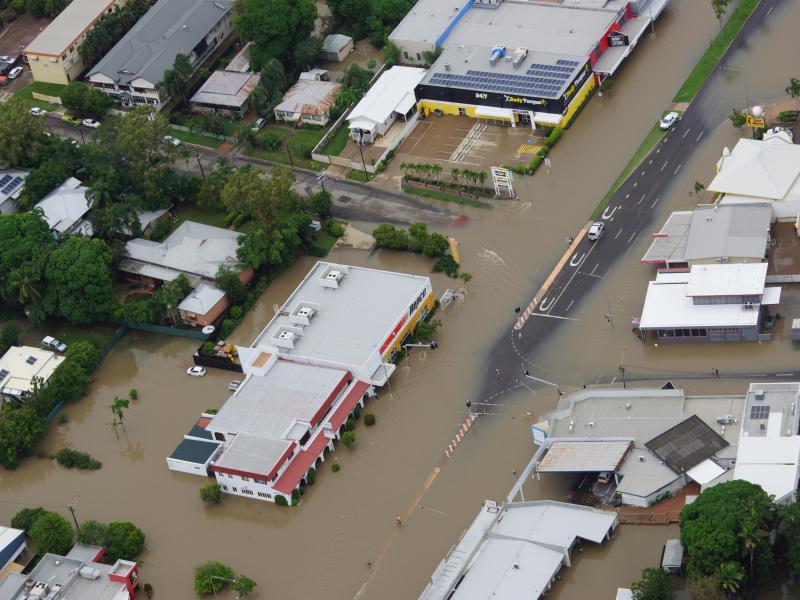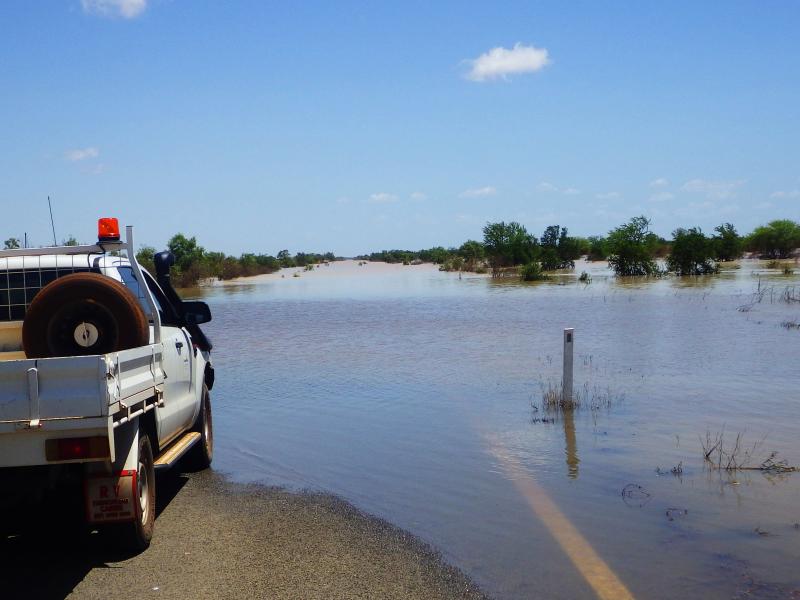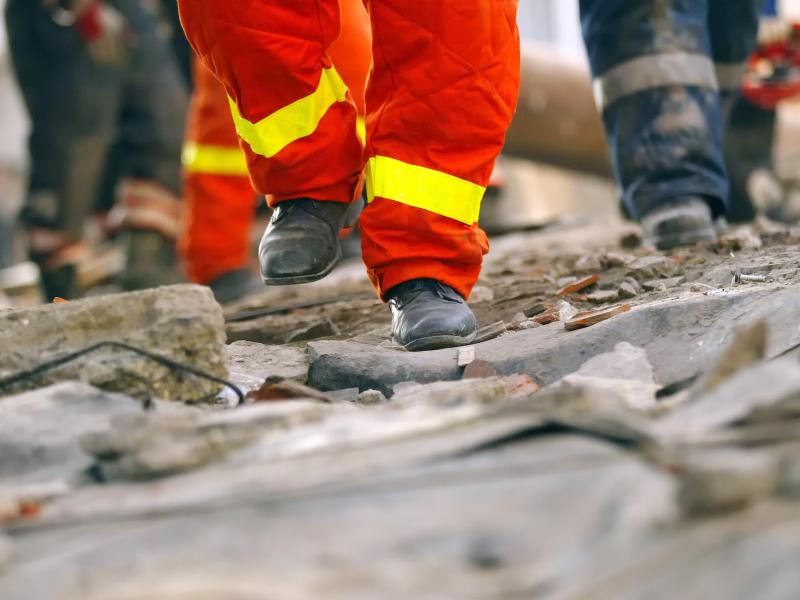Every year in Australia landslides damage many houses and cause millions of dollars damage to buildings, roads, railways, pipelines, agricultural land and crops with some causing injuries and loss of life. We need to be aware of the risks and effects of landslides due to their frequent and ongoing occurrence across the most populated regions of Australia including Queensland.
What is a landslide
Landslides involve the movement of large amounts of earth, rock, sand or mud, or any combination of these. Landslides can be sudden and fast moving, moving millions of tonnes of debris. They can travel distances spanning only a few centimetres, to many kilometres when large mud flows follow river valleys.
Landslides can be caused by a major event such as earthquake, but in Queensland, landslides are generally caused when heavy rain saturates soil on a hillside past the point where vegetation can support the soil’s weight against the force of gravity. The top saturated layer of soil then slips down the hill, taking whatever is on the land with it.
The different types of landslides that occur in Australia are outlined below:
Rockfall - typical settings where rockfalls may occur include cliffs in coastal zones, mountain sides, gorges, road cuttings or quarry faces.
Deep-seated landslide - deep-seated landslides typically occur in steep terrain.
Debris flow - debris flows can originate on slopes in the range of approximately 16 to 40 degrees, where loose rock and soil materials are subjected to high intensity rainfalls. Where water content is high, debris flows can travel at rapid velocities with considerable destructive potential. Houses and other structures may be situated on or near the source area or run-out path of such features. The landslide at Thredbo, New South Wales, in 1997 became a debris flow which destroyed two buildings and claimed 18 lives. It was the worst landslide disaster in Australian history, and the ground failure was attributed to a leaking water main.
Shallow landslide - shallow landslides occur in areas with a shallow layer of weak material and are often triggered by brief episodes of intense rainfall. They tend to occur on the edge of embankments and on steep natural slopes of 30 degrees or more. The infrastructure most commonly affected is roads and railway lines, although shallow landslides occasionally damage houses and other private property. Numerous shallow landslides occur during the wet season.
Understand your risk
Although major landslides in Queensland are uncommon, it pays to know if you are in a high risk area. It is believed that every Local Government Area in Australia has landslide risk issues of one form or another within the footprint of their area of responsibility. The extent of landslide hazards, their nature and their likelihood, will of course vary from place to place.
Contact your local council prior to any land purchase or construction. The information they can provide includes, amongst other things, past landslide activity and any known landslide risk assessments.
In addition parents and guardians also need to be aware that unfortunately one of the most frequent victims of ‘smaller landslides’ are children. Fatal accidents have been caused by children digging under a rock to make a cubby house, causing the rock to topple onto them; digging into sand, which collapsed and buried them; or sitting on a rock ledge, which broke off because it could not support their weight. Take the time to explain the dangers to young children and supervise accordingly to ensure they are undertaking any of the activities in a safe, no risk environment.
Damage and impact
The impact of a landslide can be extensive, including loss of life, destruction of infrastructure, damage to land and loss of natural resources.
Landslide material can also block rivers and increase the risk of floods. They also have a devastating effect on farmers’ livelihoods as they can prevent access to land for years, destroy seed and food stocks and will commonly result in the loss of livestock and standing crops.
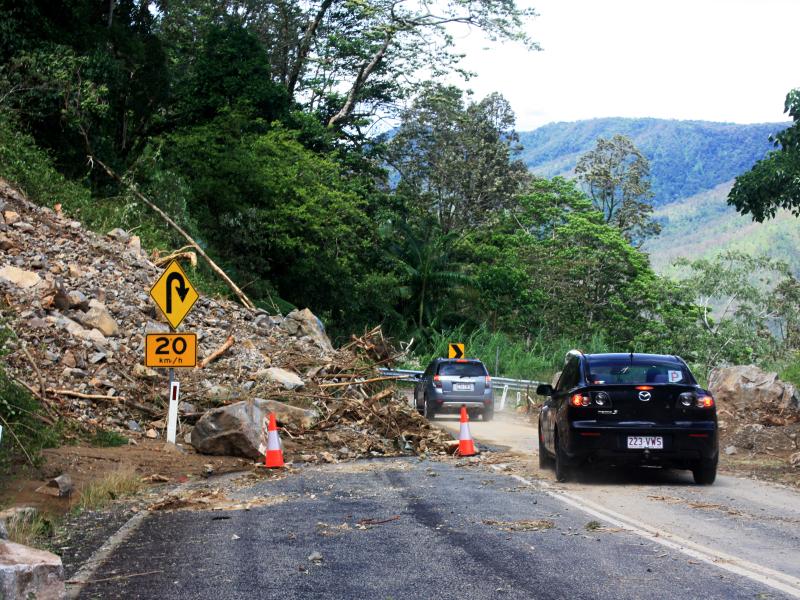
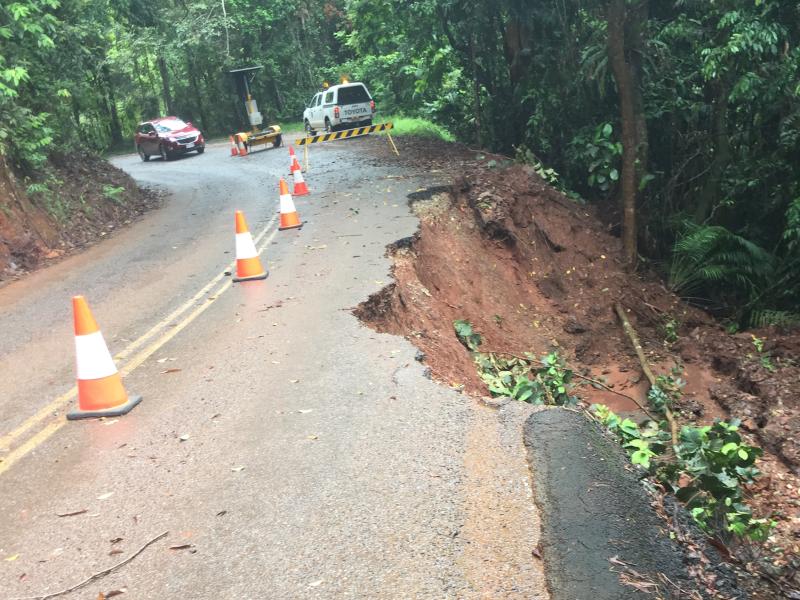
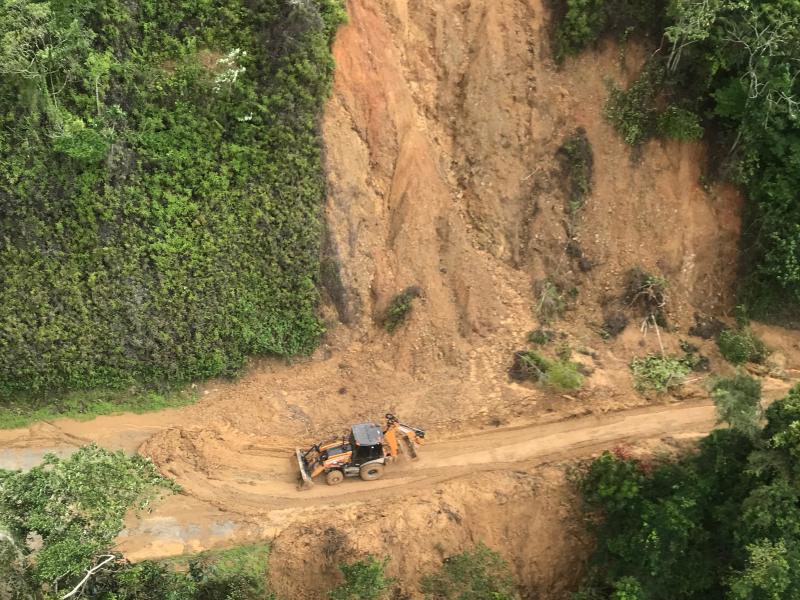
Steps to reduce the impact of landslides
Take the following steps to reduce your risk before a landslide occurs:
Find out more and Get Ready
Check out these other pages and resources to help you Get Ready.

